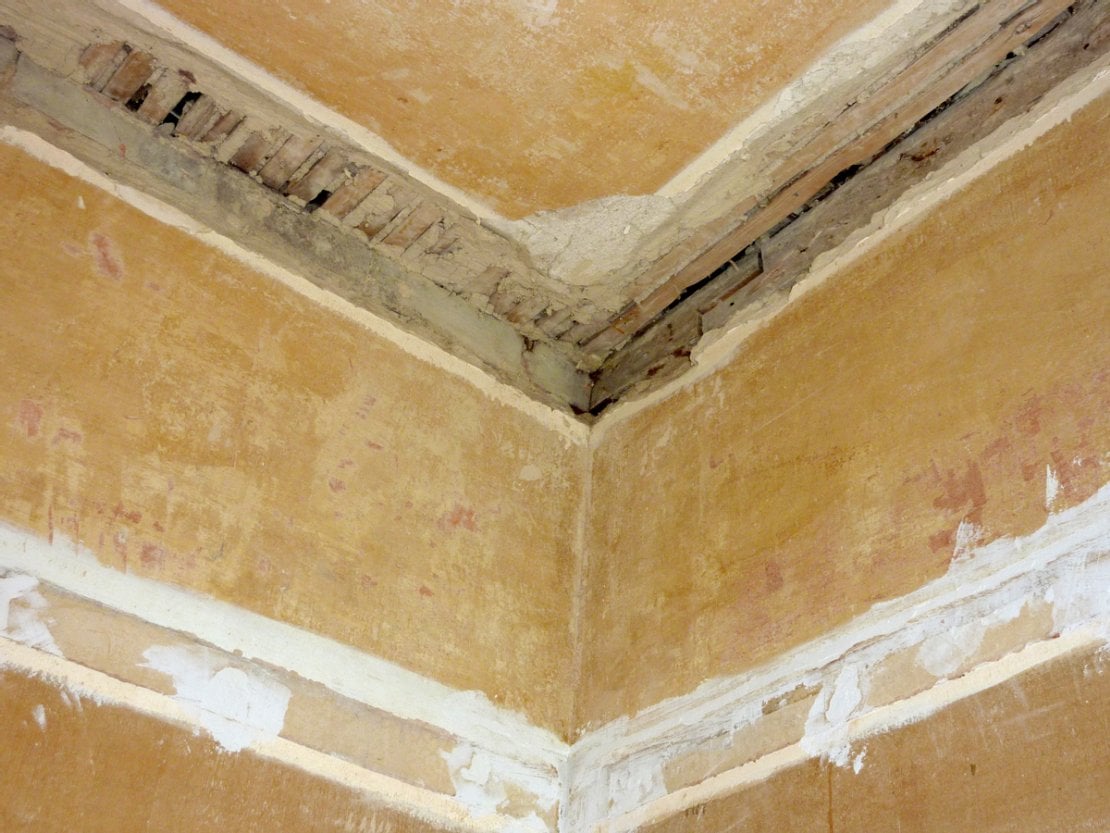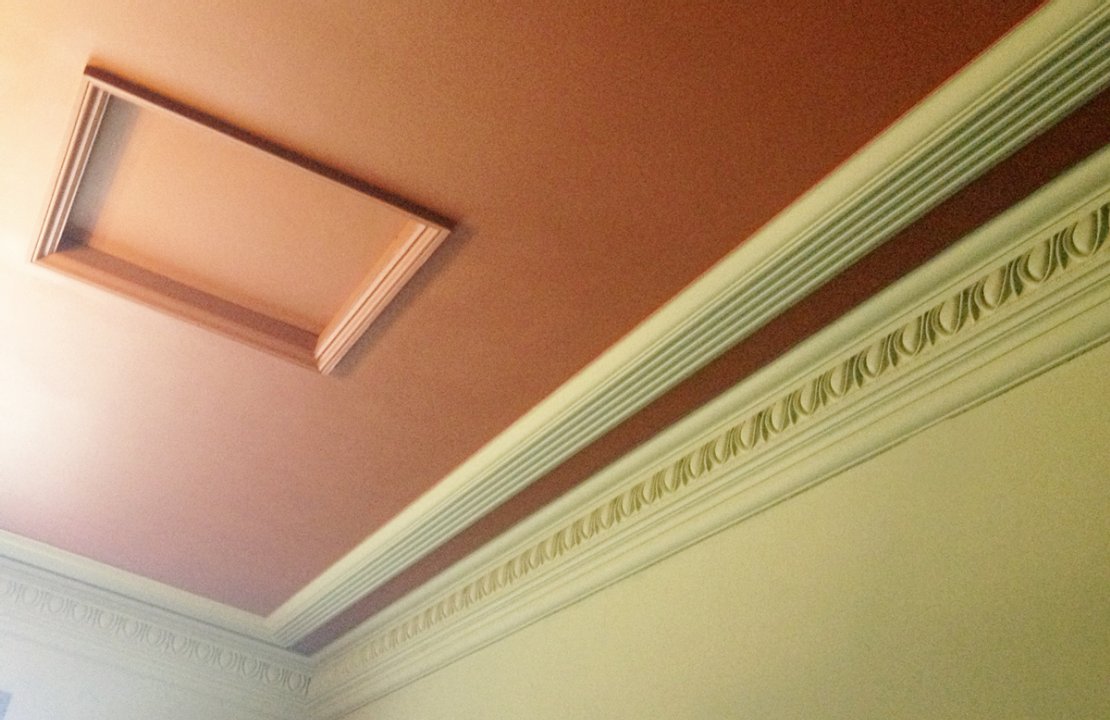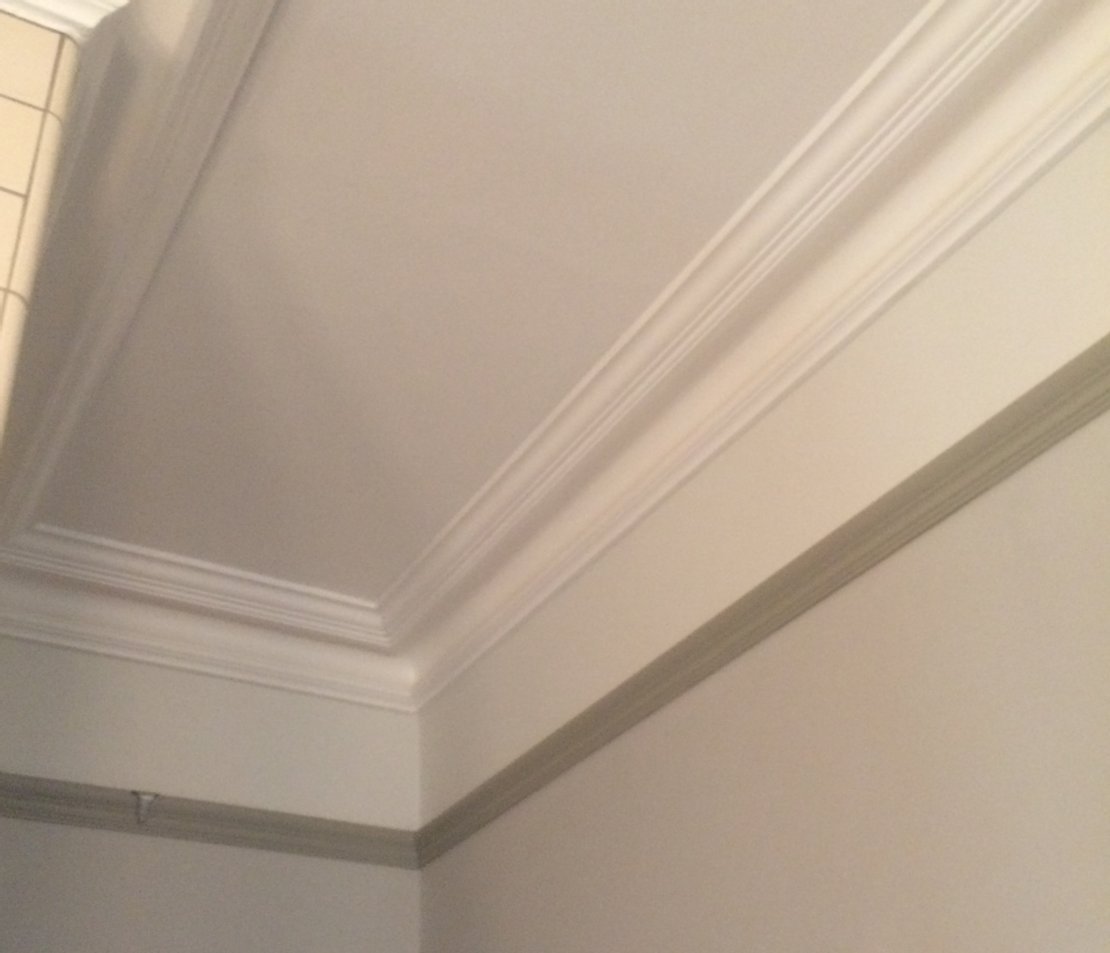Cornice is used to provide a join between the walls and the ceiling of a house. They are usually used as primarily a decorative feature but as a vestige of the Greek classical order make the room look somehow complete and in proportion. All Victorian houses would have had ceiling coving in them when originally designed and built. Over the years much of this coving has been removed by unsympathetic builders and ignorant diyers who have not appreciated the original features of the property.
What if all the coving has been removed?
If the coving has been completely removed this makes life both easier and more difficult – you will want to reinstate the coving to maximize the aesthetic appeal of your property, however if there is no clue as to the original design of the coving and you are a stickler for details, you may wish to do some investigative work in order to find out which style of coving may have been used in your property. The best way to do this is to ask a neighbour living in a similar house whether you could have a look at their coving if the original coving remains. It was usual for whole streets of Victorian houses to be designed and built identically so this should give you a good idea of what is right for your house however keep in mind that the Victorians used manufacturers pattern books and it was possible as indeed today to choose something different to the neighbour but this still remains the best method. Then browse and choose from the many original patterns available which can usually be delivered around 2-6 weeks from the order being placed.
How do you repair and replace damaged coving?
If the coving in your house has been damaged either from damp or through other events, you may wish to have it repaired or replace it. If only small areas are damaged to may wish to employ a craftsman who will work on site to repair and touch up the damaged areas. If however larger areas have been damaged and you need to source replacement lengths of coving, the process is fairly simple.
Using a standard timber saw, cut straight in to the cornice face. Insert a thin piece of card – something like the reverse of a cereal box would work well - and keeping it square in relation to the wall and ceiling, carefully sketch around the shape with a sharp pencil. We would then work from this profile to recreate a moulding to match the original. If you have a small section of the actual moulding available, it would be useful to send this as well. It’s essential that the template is accurate.
The cost for this service is based on an initial set-up fee, and a price per 2.5m length. It works out more expensive than purchasing lengths of off the shelf coving designs, but means that you do not have to remove existing cornicing and start again in rooms where coving remains.
For more tips and advice from some of our customers, have a read of our article "Things I wish I'd known before buying my period house".

The Victorian Emporium sells the full range of beautiful decorative wooden mouldings and plaster mouldings including cornice, dado rails, picture rail mouldings and skirting boards for every room in your house. You can read our ultimate guide to period property renovation here.



Be the first to add a comment...